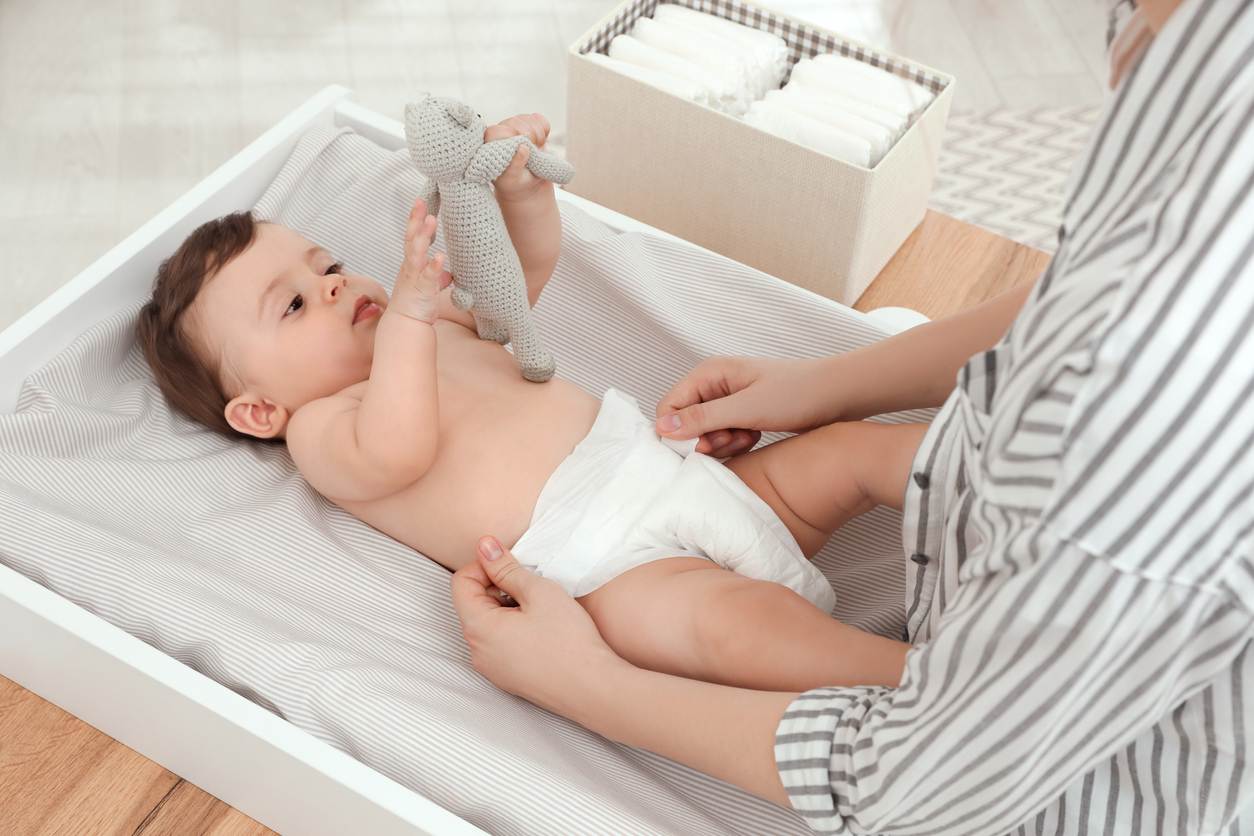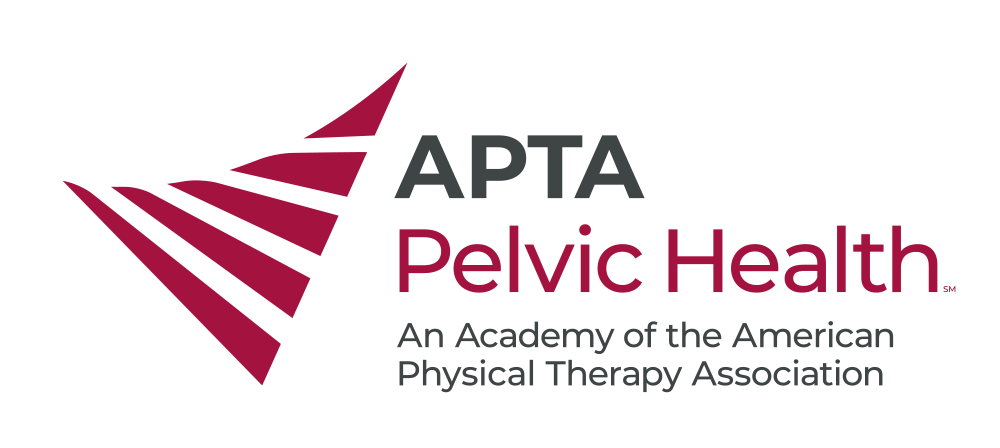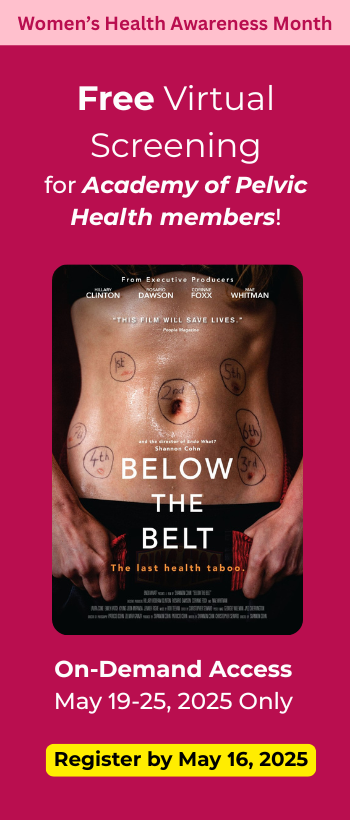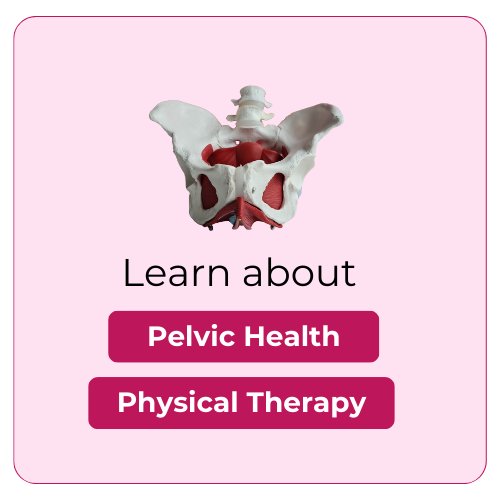Body Mechanics After Baby

Body mechanics are how we move our body to do everyday activities. When someone has good body mechanics it means that they are moving in a way that decreases risk of injury and that makes the best use of their physical strength. There are a lot of new demands on your body when caring for a baby 1. The fatigue that can come with a new baby makes many caregivers shift their body mechanics, which can contribute to pain. The following are ways to change your body mechanics, especially when lifting a baby or small child.
General steps for good mechanics 2 3
-
Keep your back straight when squatting and lifting. Bend at your hips and knees while keeping your chest over your pelvis (like you are sitting in a low chair). This will reduce injury to your low back. Breathe out while lifting.
-
Carry children as close to your body as possible. When lifting a child, position yourself as close to the child as possible.
-
Turn your whole body rather than twisting your back.
-
Position your feet with a wide stance, at least shoulder width apart.
Lifting Your Baby

-
From the floor
-
Squat down or kneel on one knee to lift the baby to your chest, then straighten up.
-
Turn after lifting by moving your feet. Do not twist when lifting.
-
-
In and out of crib/playpen
-
Positioning yourself close to the baby is often easiest at a corner of the crib or playpen as you can have one knee on each side.
-
-
In and out of the stroller
-
Lock the brakes of the stroller.
-
Stand at the side or front of the stroller to get as close to the baby as possible before lifting.
-
Squat, kneel on one knee, or sit in a chair facing the stroller to get as close as possible.
-
-
At the changing table
-
If possible, position the changing table at waist height. Too high can hurt your neck and shoulders. Too low can hurt your low back.
-
-
In and out of the car seat
-
If the surface is stable and large enough, rest the seat on an elevated surface such as a table or chair so that you can get the baby in and out without bending down as far. Do not leave the baby alone while in the carrier on an elevated surface.
-
Carrying Your Baby
It is best to carry your baby in front of you rather than on your hip. If you must carry the baby on a hip, switch from side to side often and try to stand up straight. Avoid sticking your hip out to the side. Vary positions for holding baby:
|
|
|
|
|
|
|
|
|
|
Feeding Your Baby
|
|
|
|
|
|
Disclaimer: This patient education handout was developed by the Academy of Pelvic Health Physical Therapy (APTA Pelvic Health) and is meant to provide general information, not specific medical advice. It is not intended to substitute for the judgment of a person’s healthcare provider. Additional information can be found at www.aptapelvichealth.org. For inquiries, please contact us at https://www.aptapelvichealth.org/contact-us.
References
- ^ Daneau C, Abboud J, Marchand AA, Houle M, Pasquier M, Ruchat SM, Descarreaux M. Mechanisms Underlying Lumbopelvic Pain During Pregnancy: A Proposed Model. Front Pain Res (Lausanne). 2021 Dec 2;2:773988. doi: 10.3389/fpain.2021.773988. PMID: 35295430; PMCID: PMC8915559.
- ^ Poole JL. Body mechanics during daily tasks to reduce back pain in women who are pregnant. Work. 1998;10(2):157-65. doi: 10.3233/WOR-1998-10207. PMID: 24441302.
- ^ Shim MJ, Lee YS, Oh HE, Kim JS. Effects of a back-pain-reducing program during pregnancy for Korean women: a non-equivalent control-group pretest-posttest study. Int J Nurs Stud. 2007 Jan;44(1):19-28. doi: 10.1016/j.ijnurstu.2005.11.016. Epub 2006 Jan 4. PMID: 16386740.
- ^ Puapornpong P, Raungrongmorakot K, Laosooksathit W, Hanprasertpong T, Ketsuwan S. Comparison of Breastfeeding Outcomes Between Using the Laid-Back and Side-Lying Breastfeeding Positions in Mothers Delivering by Cesarean Section: A Randomized Controlled Trial. Breastfeed Med. 2017 May;12:233-237. doi: 10.1089/bfm.2016.0193. Epub 2017 Apr 6. PMID: 28384091.
Thank You to Our 2023 Fall Symposium Sponsor, The Prometheus Group!




